Maggie Tabberer reflects on triumph, tragedy, Helmut Newton and the love of family
The Adelaide girl rose to become an icon, instantly recognised and adored by generations of Australians. Maggie Tabberer reflects on her life’s triumphs, her greatest loves and the tragedy of SIDS - which in 1967 stole the life of her 10-day-old son.
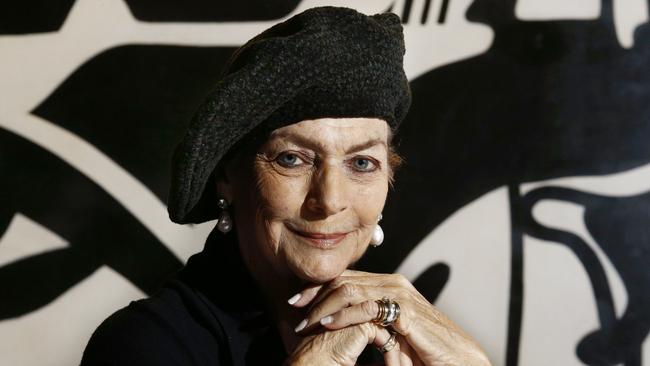
Wentworth Courier
Don't miss out on the headlines from Wentworth Courier. Followed categories will be added to My News.
- 60 Years of Vogue: Maggie T and Edwina McCann lunch with Leo
- Plans drop for $32 million ‘medical hotel’ on Oxford St
This article was first published in the Wentworth Courier on July 25, 2018.
If there’s anyone who knows how to make an entrance it’s Maggie Tabberer. Tall, back ramrod straight, chin up, head held high and with an easy strolling walk she radiates confidence. Even with a stick which she carries today she manages to look elegant.
Last time we met was at her 80th birthday last year, hosted by her godson, Matthew Csidei, at Kennerton Green, his grand residence in the Southern Highlands, once home of eastern suburbs society figures Jock and Marjorie Pagan. The guest of honour was all in white, as were the guests.
Today she is dramatic in black. Black beret worn at a jaunty angle, black top over black pants, a black shawl and a necklace of baroque pearls the size of Minties.
I am reminded of another great lady dressed similarly in black, her costume set in motion by the mistral, Spanish soprano Montserrat Caballe, in a performance of Normain the ancient Roman amphitheatre at Orange, near Avignon in France. Caballe is, like Tabberer, not exactly slender but both have striking presences.
The black ensemble might be read as a tribute to Harry M. Miller who was her friend and agent for 50 years and who had died a few days before our lunch, but her mood is anything but sombre as we reminisce.
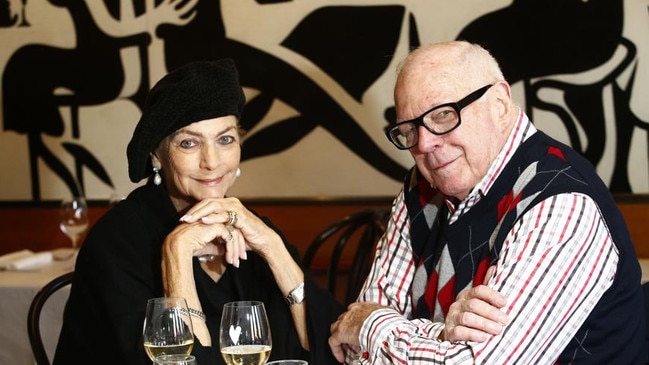
We are at Bistro Moncur, the durable and consistently popular eatery in the Woollahra Hotel which this year celebrates 25 years in business. It has not only survived, a miracle given the fickle nature of Sydney diners, it’s thrived, expanding with extra tables now occupying the adjacent bar area.
Key elements remain mercifully unchanged over that quarter century. Alex Tzannes’ slick interior, Michael Fitzjames’s black and white mural featuring lightly disguised regulars (gallerist Eileen Chanin dining with Brett Whitely, academic Don Anderson, finance journalist Trevor Sykes), proper napery (tablecloths starched to three-ply stiffness) and a menu of traditional French bistro dishes introduced by the founding chef Damien Pignolet, who is back as “ambassador”, a title chosen so as not to disrespect the current incumbent, Mark Williamson.
Maggie and I both recall the raffish heyday of Queen Street and personalities past, Frankie Mitchell, Neville Marsh, antique dealers Marie Shakespeare and Bill Bradshaw, not to mention the annual Queen Street Fair inaugurated to shame Woollahra Council into recognising other parts of the municipality under their control deserved just a smidgen of the care and the cash they were then lavishing on Double Bay in a doomed attempt to incarnate an antipodean Rodeo Drive.
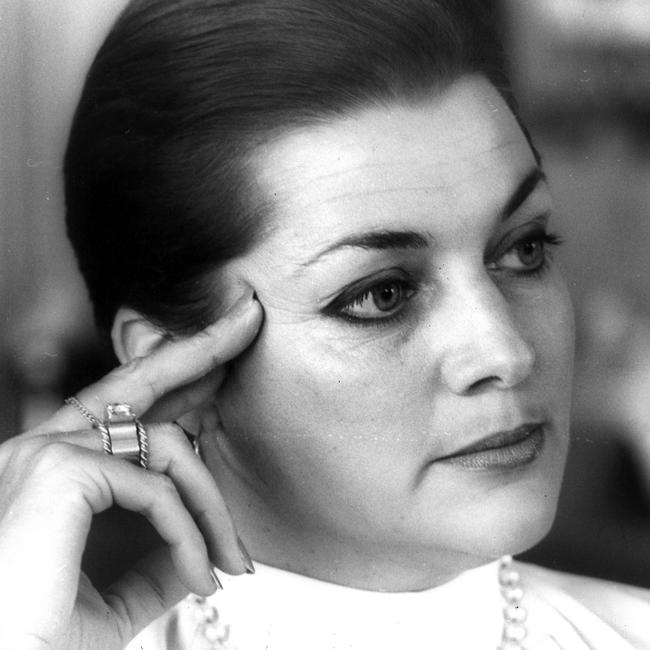
As a local resident, Maggie was part of that annual community picnic and promenade, already a famous Sydney identity, a long, long way from Adelaide, the City of Churches, where she was born Margaret May Trigar, and married at the tender age of 17 to one Charles Tabberer.
“He was a car dealer,” she says, adding with a smile, “and not a very good one, the type who wore corduroy trousers, a Viyella shirt and a knitted tie.”
They had two daughters, Amanda and Brooke, then migrated to Melbourne.
“We took two cars. He drove one and I drove the other and each of us took one of the girls.”
Melbourne 60 years ago was the perceived commercial capital of the country, free of the convict stain and brimming with culture. They had the lot: money, cosmopolitan cafes, the Cup, haute couture, mansions galore, glorious gardens, and Collins Street, at the top of which (the so-called “Paris end”) stood the famed fashion boutique Le Louvre.
Here, seated on a chaise longue upholstered in faux ocelot, founder Lillian Wightman ruled as empress of fashion, dictating what should be worn where and by whom.
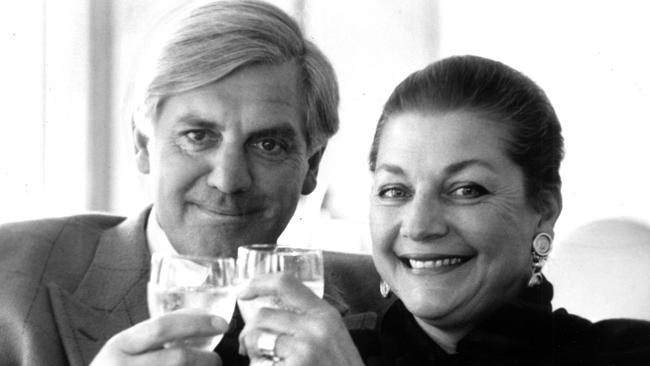
Inevitably, this striking young beauty from frowsy Adelaide would be noticed by Wightman and launched on a career as a fashion model, working both the catwalk and the photo studios.
“Basically I was a photographic model,” says Maggie. “I was ‘discovered’ by Helmut Newton.”
Newton was a Berlin-born photographer who was later to gain international fame for his erotically charged images of lean, long-legged women. Newton fled Nazi Germany in 1938, fetched up in Sydney and was promptly put in an internment camp. After the war he set up a studio in Flinders Lane, then the centre of the rag trade in Melbourne, working across fashion, theatre and industry.
Newton took the first ineradicable images of the face that was to launch a thousand products, a million magazines and make its owner as familiar to Australians as many a Prime Minister.
Working with Newton often took Maggie out of Australia. On a job in New Guinea, she and he were hold up in a cheesy motel. “I was in my room when I heard this blood curdling scream from Helmut’s room.”
Imagining the worst she rushed in to find he had merely trodden on a cane toad.
If her once hourglass figure changed and forced her to give up modelling, that famous face, those big blue eyes and wide, ready smile grew ever more famous on the tube. Few TV celebrities have the recognition factor and viewer appeal that have bagged her two gold Logies.
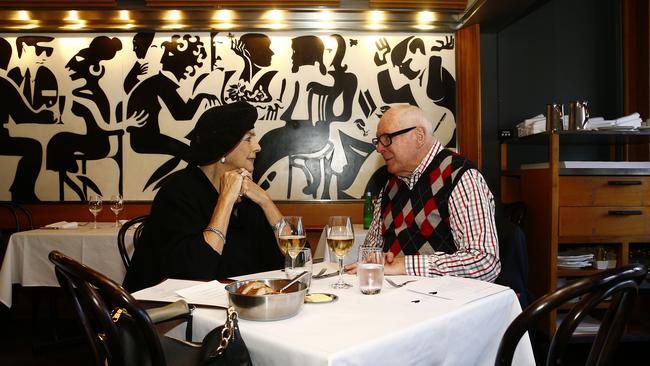
If Melbourne was too small for Newton’s formidable talent, it was too small too for Maggie. After separating from Tabberer, she moved to Sydney in 1960 with her daughters, where she met Ettore Prossimo. Pross as he was affectionately known, was a handsome Italian with a restaurant on Macleay St called Buonasera.
It had all the familiar Italianate elements, checked tablecloths, low lighting and the ubiquitous straw-wrapped chianti bottles with a candle stuck in the neck.
“Oh, those bloody chianti bottles,” Maggie recalls. “I was in the restaurant one evening picking the dried wax drippings off the candles. Pross told me to stop. Apparently the drips are an essential part of the atmosphere.”
Maggie and Pross married in 1967 and later that year she gave birth to a son, Francesco. She and her friends were overjoyed but 10 days later tragedy struck in the form of SIDS, sudden infant death syndrome.
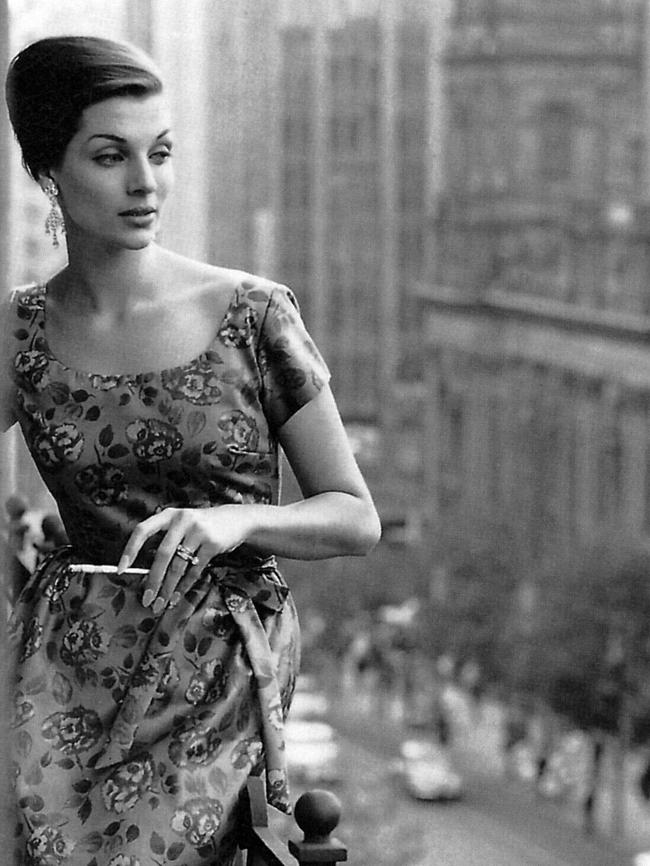
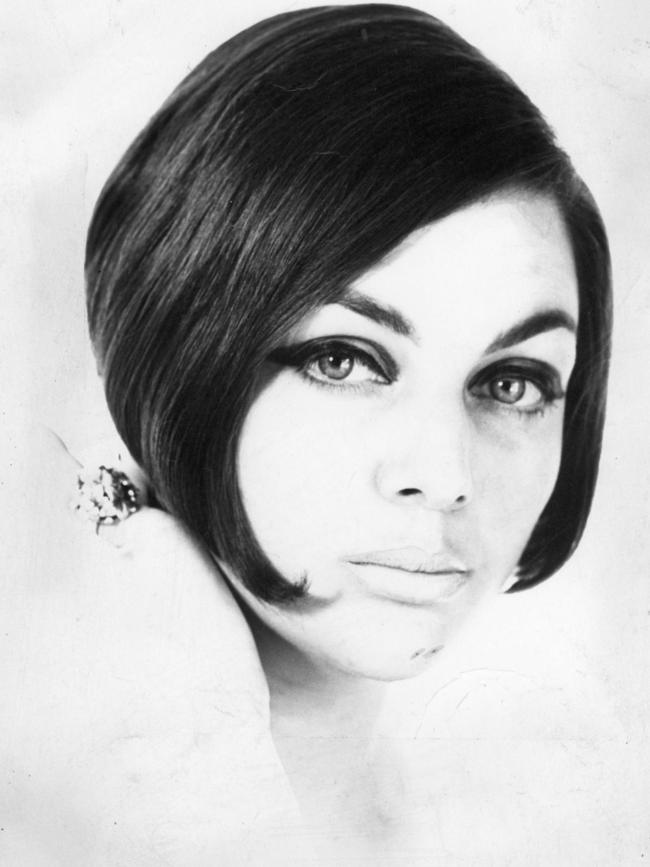
A catch in her voice suggests even at this distance in time it’s painful to speak about it. Consolation of a kind came with the arrival of her first and only grandchild, Amanda’s son Marco Bella, now 26.
She’s dealt with subsequent challenges, but somehow she seems indomitable and able to conquer regrets, rejoicing in friendships and the admiration of women and men alike, but especially in the love of her daughters. Amanda lives with her in Woollahra, while Brooke is an easy walk away.
“We have a get-together every Saturday morning. They make breakfast and bring it to me in bed. It’s very special.”
As we sip our coffee, two jolly ladies from a nearby table come over to tell her how much they admire her and how great she’s looking. One of them flings open her arms. “Look at me!” she cries. “I’m dressed in Maggie T. Head to toe.”
